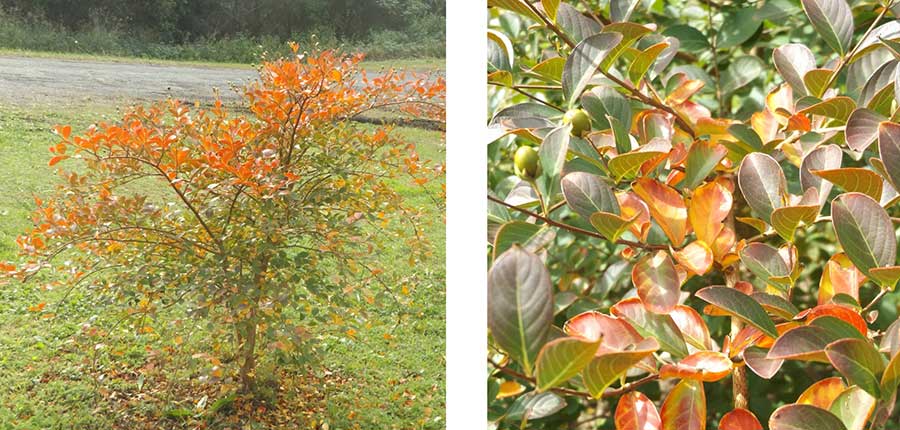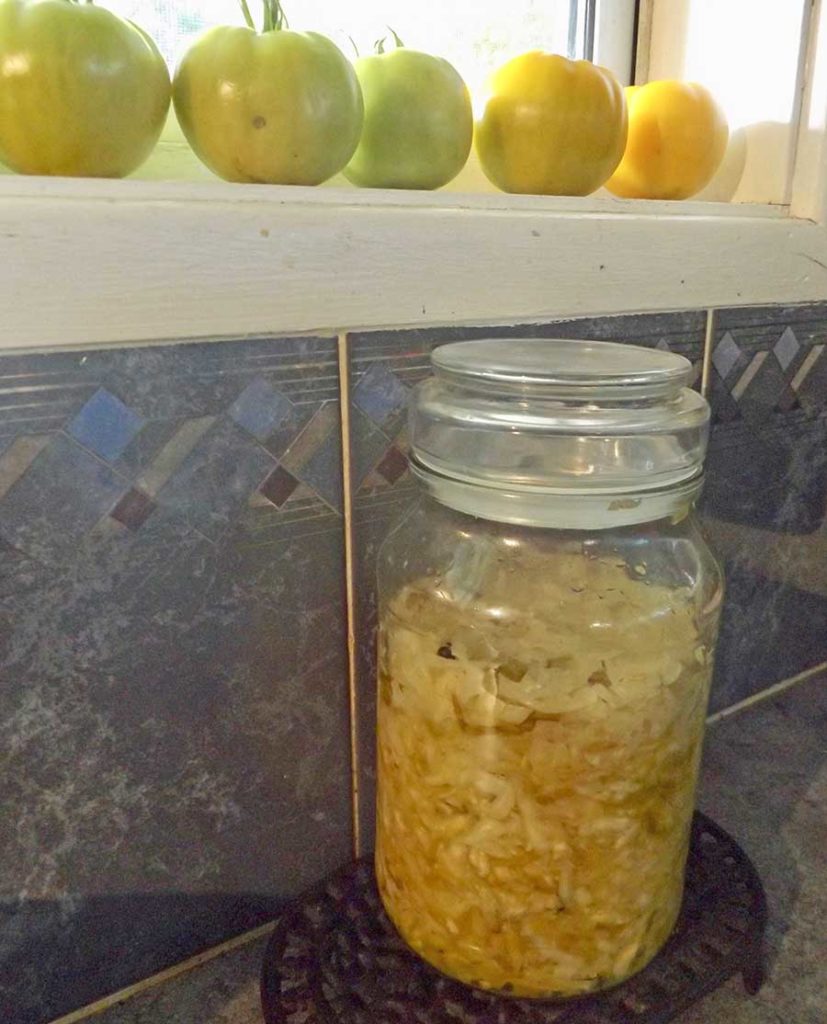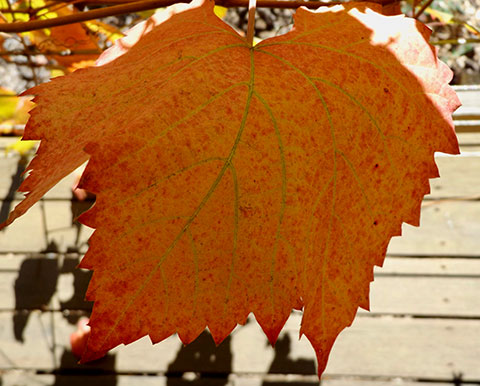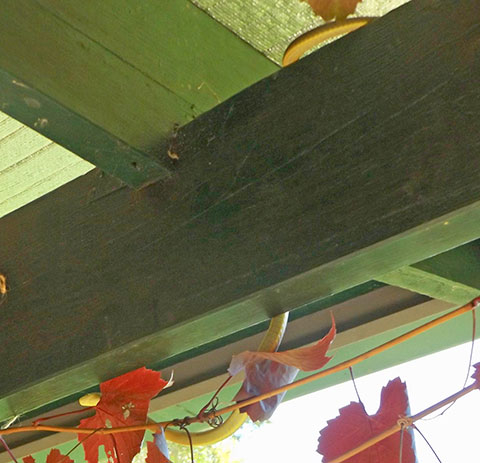
Banksias are inherently surreal plants and trees, and right now, in our Autumn, the coppery coloured new leaves, toothed and outstretched, and the huge variety of flower cones at different stages, like this baby one, are truly painterly.

Some of the new flower cones are as pure and slender as church candles.

Others have decided to limit development to hemispherical powderpuffs, albeit spiky ones, rather than the typical elongated cones.

Only one branch of this Angophora floribunda was flowering, but in such profusion that its heady scent — more butterscotch than honey, I thought — wafted farther than its close proximity. That branch was a long arm, arching far from the tree trunk, contorting in the manner of its family.
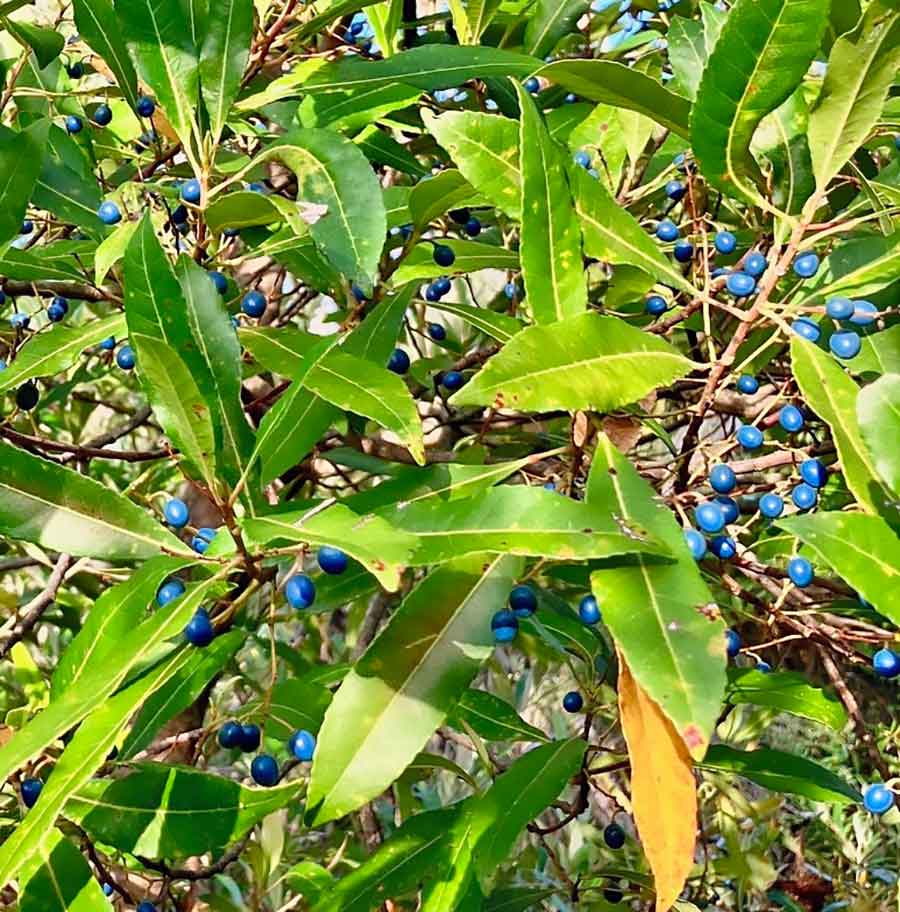
The Blueberry Ash trees (Elaeocarpus reticulatus) were festooned, not with flowers, but with hundreds of tiny blue berries like scraps of sky.

Some Lillipillis were showing off by displaying both flowers and fruit.

It being Autumn — Keats’ ‘season of mellow fruitfulness’ — the Pittosporums were laden.

And who needs flowers or fruit when you have such gorgeous spiralling growth itself? The low growing Caustis flexuosa or Curly Wig is common in this reserve, and always remarkable.




